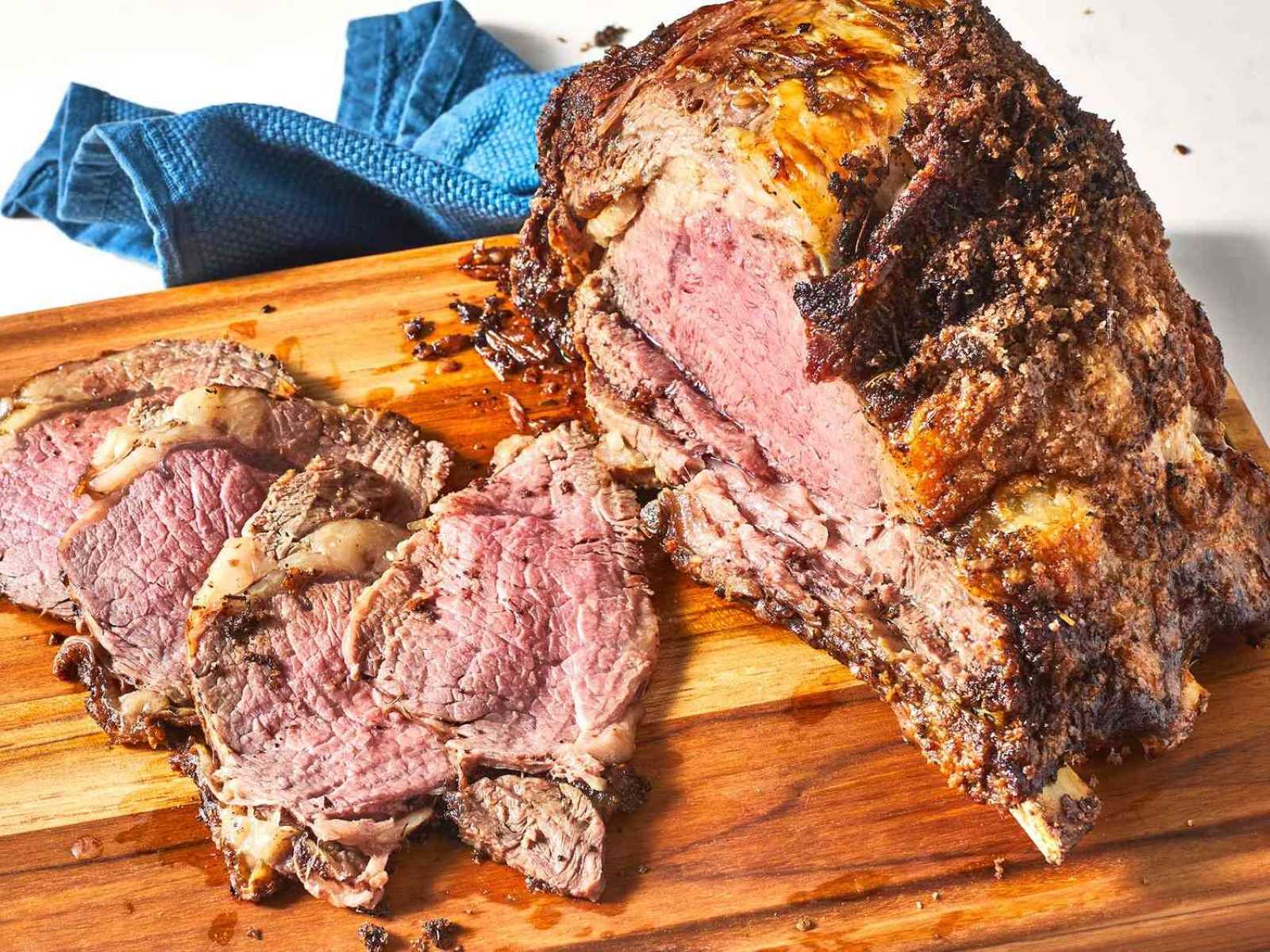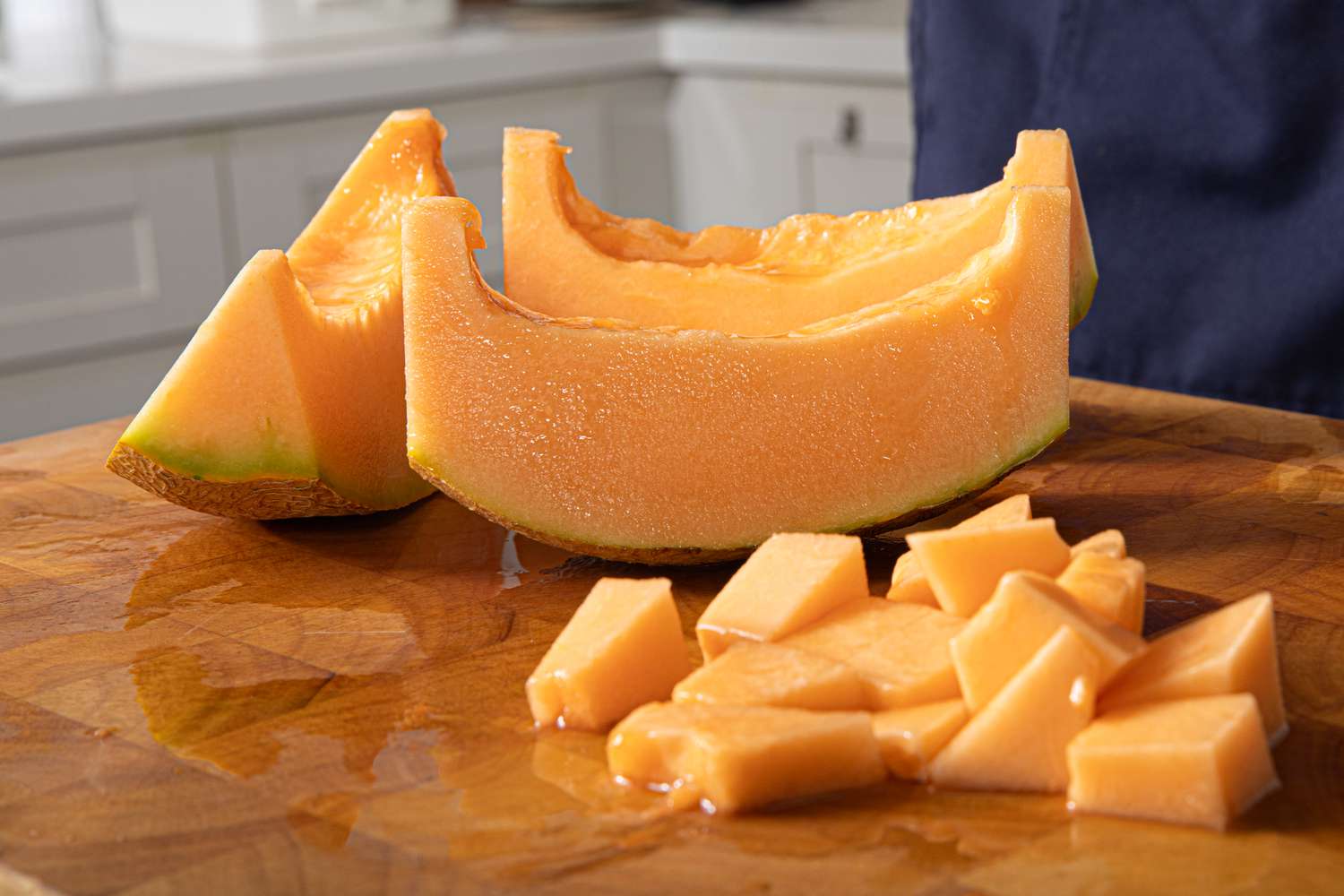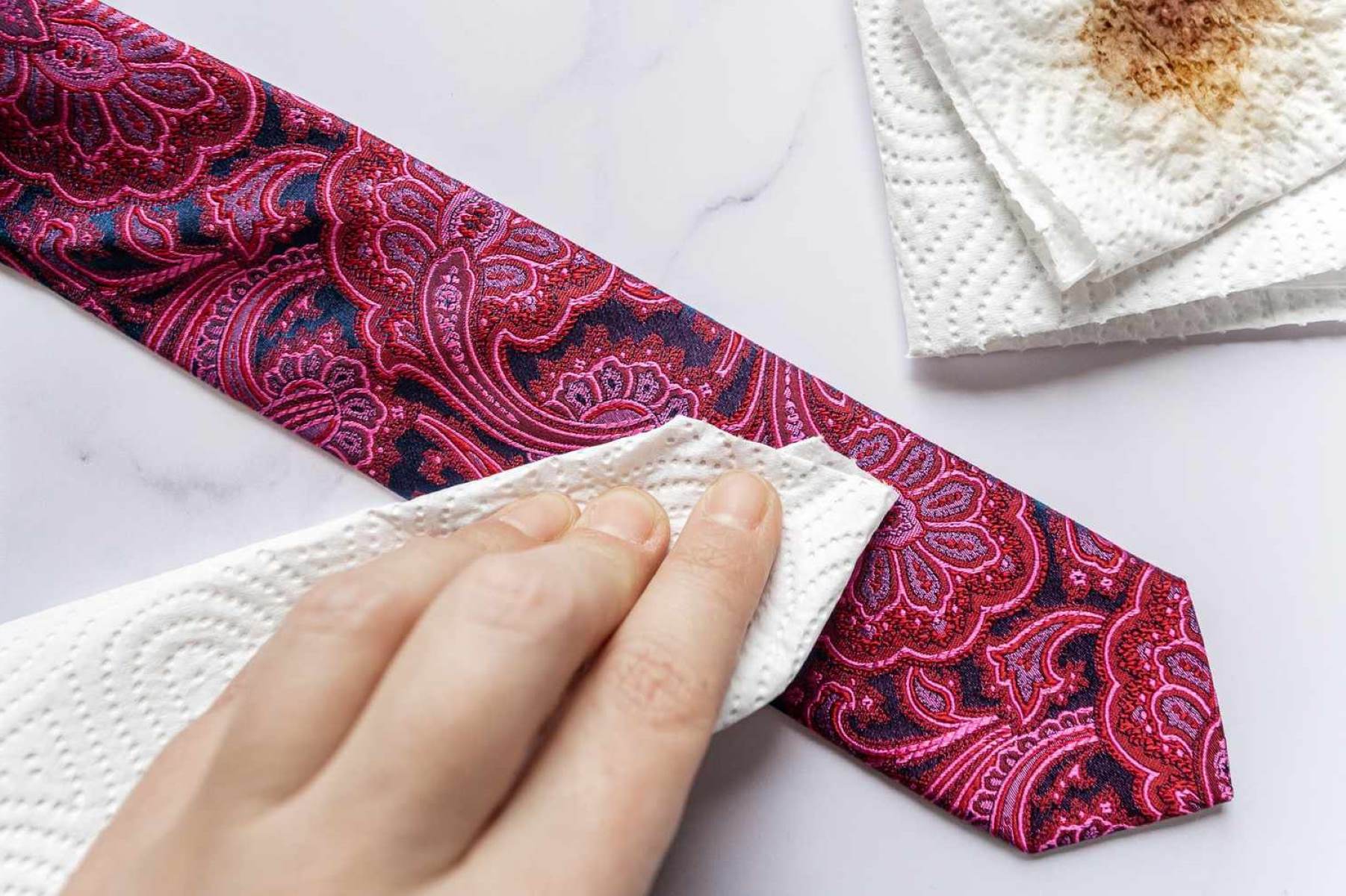Home>Food and Cooking>How To Slice Prime Rib


Food and Cooking
How To Slice Prime Rib
Published: March 6, 2024
Learn how to slice prime rib like a pro with our step-by-step guide. Perfect your food and cooking skills with our expert tips and techniques.
(Many of the links in this article redirect to a specific reviewed product. Your purchase of these products through affiliate links helps to generate commission for Regretless.com, at no extra cost. Learn more)
Table of Contents
Introduction
Slicing prime rib is an art that elevates the dining experience, turning a delicious cut of meat into a masterpiece on the plate. Whether you're a seasoned chef or a home cook looking to impress, mastering the art of slicing prime rib is essential for serving up succulent, flavorful slices that will leave your guests craving for more.
When it comes to prime rib, the way it is sliced can make all the difference. The perfect slice showcases the tender, juicy texture and rich marbling that makes prime rib a beloved choice for special occasions and holiday feasts. Whether you prefer a classic, thick-cut slice or a more delicate, paper-thin portion, the slicing technique can enhance the overall dining experience.
In this comprehensive guide, we will delve into the nuances of slicing prime rib, from choosing the right cut to preparing and serving it with finesse. By the end of this journey, you will have the knowledge and confidence to expertly slice prime rib, ensuring that each serving is a delectable delight for all who gather around your table.
So, let's embark on this culinary adventure and uncover the secrets to achieving perfectly sliced prime rib that will tantalize the taste buds and leave a lasting impression on your guests.
Read more: How To Make Delicious Air Fryer Ribs
Choosing the Right Cut of Prime Rib
Selecting the right cut of prime rib is the crucial first step in ensuring a delectable dining experience. The quality and characteristics of the meat will greatly influence the outcome of your prime rib slicing endeavor. Here's what you need to consider when choosing the perfect cut:
-
Grade of Meat: Opt for prime-grade beef if available, as it boasts superior marbling, tenderness, and flavor. If prime-grade is not accessible, choice-grade beef is a commendable alternative, offering good marbling and tenderness.
-
Bone-In vs. Boneless: The choice between bone-in and boneless prime rib is a matter of personal preference. Bone-in prime rib, also known as standing rib roast, is favored for its enhanced flavor and juiciness, attributed to the bone imparting additional richness during the cooking process. On the other hand, boneless prime rib offers ease of slicing and serving, making it a convenient option for some.
-
Size and Thickness: Consider the size and thickness of the prime rib cut based on the number of servings and desired portion sizes. A larger roast will yield more substantial slices, while a smaller cut may be preferable for more delicate portions.
-
Marbling: Look for prime rib with abundant marbling, as this intramuscular fat contributes to the meat's tenderness and flavor. Well-marbled prime rib will result in succulent, juicy slices that are sure to impress.
-
Trimming: Pay attention to the level of trimming on the prime rib. While some fat is desirable for flavor and moisture, excessive external fat may require additional preparation before slicing.
By carefully considering these factors, you can ensure that you select the ideal cut of prime rib to set the stage for a remarkable slicing and dining experience. The right cut will lay the foundation for a mouthwatering masterpiece that will delight the senses and leave a lasting impression on all who partake in the feast.
Preparing the Prime Rib for Slicing
Before diving into the art of slicing prime rib, it is essential to prepare the roast to ensure optimal results. Proper preparation sets the stage for a seamless slicing process and enhances the overall dining experience. Here's a detailed guide on how to prepare the prime rib for slicing:
1. Resting Period:
Allow the prime rib to rest at room temperature for approximately 1-2 hours before slicing. This resting period allows the meat to come to an even temperature, ensuring that it cooks evenly and retains its juices during the slicing process.
2. Seasoning:
Prior to slicing, consider the seasoning of the prime rib. A classic seasoning blend often includes a generous coating of kosher salt, freshly ground black pepper, and aromatic herbs such as rosemary and thyme. The seasoning should be applied at least an hour before cooking to allow the flavors to permeate the meat.
Read more: Discover The Truth: Is 91 A Prime Number?
3. Carving Board and Tools:
Select a sturdy carving board that can accommodate the size of the prime rib. Ensure that the board has a well to collect any juices released during slicing. Additionally, have a sharp carving knife or electric knife on hand, as a dull blade can compromise the integrity of the slices.
4. Removal of Excess Fat:
If the prime rib has an excessive layer of external fat, consider trimming it to a moderate thickness before slicing. While some fat is desirable for flavor and moisture, excessive fat may hinder the slicing process and lead to an overly greasy texture.
5. Carving Technique:
Identify the direction of the grain on the prime rib and plan to carve against the grain for maximum tenderness. Begin slicing from the end of the roast, working towards the bone or outer edge. Aim for consistent slice thickness to ensure uniform cooking and presentation.
6. Presentation:
Consider the presentation of the sliced prime rib. Arrange the slices on a serving platter, ensuring an appealing layout that showcases the succulent texture and marbling of the meat. Garnish with fresh herbs or a drizzle of au jus to enhance the visual appeal and flavor profile.
By meticulously preparing the prime rib for slicing, you can elevate the dining experience and ensure that each slice is a delectable delight. The preparation process sets the stage for a seamless slicing endeavor, allowing you to showcase the full potential of this beloved cut of meat.
Slicing the Prime Rib
Slicing the prime rib is a pivotal moment that requires precision and finesse to unlock the full potential of this delectable cut of meat. The slicing technique directly impacts the texture, flavor, and overall dining experience. Here's a detailed guide on how to expertly slice prime rib, ensuring that each portion is a succulent masterpiece:
-
Carving Against the Grain:
When it comes to slicing prime rib, it's essential to carve against the grain to maximize tenderness. By identifying the direction of the muscle fibers and slicing perpendicular to them, you can ensure that each bite is tender and easy to chew. This technique allows the natural fibers to separate, resulting in a more enjoyable dining experience. -
Consistent Slice Thickness:
Aim for uniform slice thickness to guarantee even cooking and presentation. Whether you prefer thick, hearty slices or delicate, paper-thin portions, maintaining consistency across the entire roast ensures that each serving is visually appealing and cooked to perfection. A sharp carving knife or electric knife can facilitate the process, allowing for smooth, precise cuts. -
Bone-In Slicing Technique:
If working with a bone-in prime rib, consider the unique approach required for slicing. Begin by carefully removing the bones from the roast, following the natural seam between the meat and the bones. Once the bones are removed, proceed to slice the prime rib into individual portions, taking care to maintain the desired thickness and presentation. -
Presentation and Serving:
As each slice is carefully carved, arrange them on a serving platter in an aesthetically pleasing manner. Consider the visual appeal of the presentation, ensuring that the succulent texture and marbling of the meat are showcased. Garnish the platter with fresh herbs or a drizzle of au jus to enhance the overall flavor profile and create an inviting visual display. -
Serving Temperature:
Whether serving the prime rib hot, warm, or at room temperature, it's essential to consider the preferred serving temperature for your guests. Warm plates can help maintain the temperature of the slices, ensuring that each serving is enjoyed at its best.
By mastering the art of slicing prime rib, you can transform this exceptional cut of meat into a culinary masterpiece that captivates the senses and leaves a lasting impression. Each slice should embody the perfect balance of tenderness, flavor, and visual appeal, inviting guests to savor every moment of the dining experience.
Serving and Enjoying the Prime Rib
Once the prime rib has been expertly sliced and artfully presented, it's time to savor the culmination of your culinary prowess. Serving and enjoying prime rib is a celebration of flavor, tenderness, and communal dining. Here's how to ensure that each bite is a delightful experience for all who gather around the table:
1. Garnishes and Accompaniments:
Enhance the prime rib experience with thoughtfully selected garnishes and accompaniments. Fresh herbs, such as rosemary and thyme, can add a pop of color and aromatic flair to the presentation. Additionally, consider serving a side of horseradish sauce or a flavorful jus to complement the richness of the meat.
2. Family-Style Serving:
For a convivial dining experience, consider serving the sliced prime rib family-style. Placing the platter of succulent slices at the center of the table encourages interaction and sharing among guests. This approach fosters a sense of togetherness and allows everyone to partake in the enjoyment of the meal.
3. Pairing with Wine or Beverage:
Selecting the perfect wine or beverage to accompany the prime rib can elevate the overall dining experience. A robust red wine, such as a cabernet sauvignon or merlot, complements the richness of the meat, while offering a refreshing non-alcoholic beverage ensures that all guests have a delightful pairing option.
4. Enjoying the First Bite:
Encourage your guests to savor the first bite of prime rib, allowing them to experience the tender texture and robust flavor. The initial taste sets the stage for the entire dining experience, and relishing that moment can enhance the overall enjoyment of the meal.
5. Sharing Culinary Appreciation:
As the meal unfolds, take the opportunity to share culinary appreciation with your guests. Discuss the flavor profile of the prime rib, the art of slicing, and the journey of preparing this exceptional dish. Engaging in lighthearted conversation about the meal can enrich the dining experience and create lasting memories.
6. Embracing the Experience:
Lastly, encourage everyone to embrace the experience of savoring prime rib. Whether it's a holiday feast, a special occasion, or a gathering of loved ones, the act of enjoying a meticulously prepared dish fosters a sense of connection and appreciation for the culinary arts.
By focusing on the finer details of serving and enjoying prime rib, you can create a memorable dining experience that resonates with all who partake in the feast. Each element, from the presentation to the communal enjoyment, contributes to a culinary journey that celebrates the art of cooking and the joy of shared meals.












